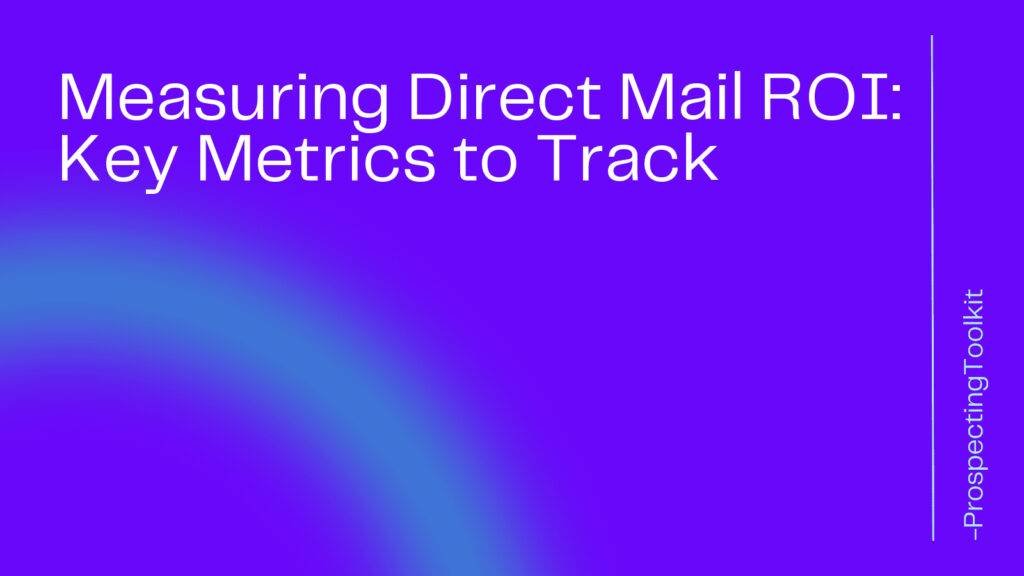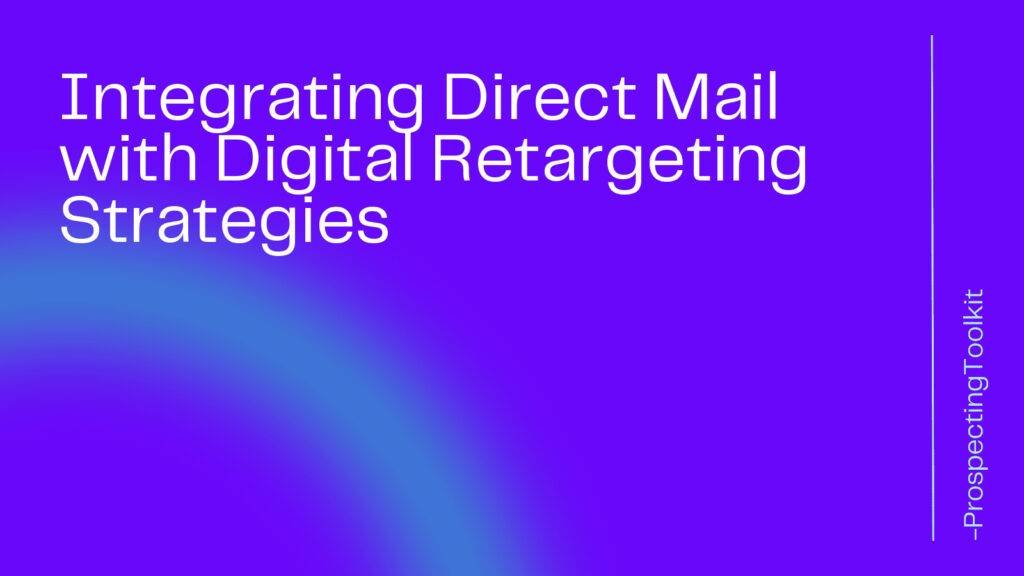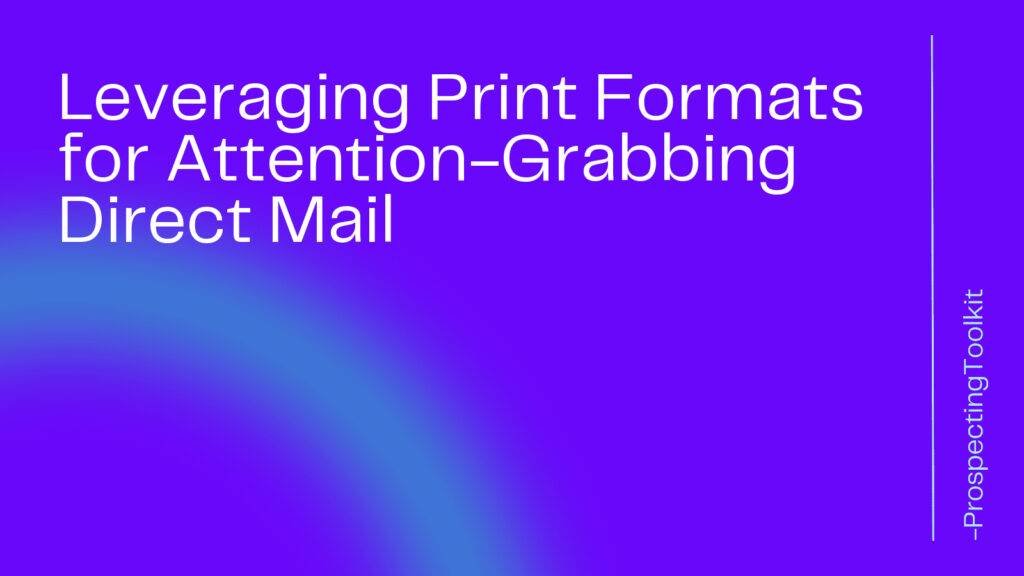Cold emailing and cold calling are two of the most commonly used methods of reaching out to potential contacts, clients and customers.
Both methods have their own advantages and disadvantages, and knowing which one to use in certain situations can be difficult.
In this blog post, we’ll be exploring the differences between cold emailing and cold calling and look at when each method is most effective.
We’ll also discuss other important factors to consider when deciding between the two, such as cost, time, and personal preference.
By the end of this blog post, you should have a better understanding of which method of contact is best for your particular needs.
Table of Contents
Toggle1. Understanding the differences between cold email and cold calling
When it comes to “cold call vs cold email”, it is important to understand the differences between the two.
Cold calling is the process of contacting potential customers over the phone without prior contact.
Cold emailing is the process of sending emails to potential customers with whom you have not established contact.
Cold calls are more personal and interactive, offering the opportunity to discuss details and answer questions quickly.
Cold emails are more widely used, since they can be sent to a large number of people at once and can be tailored to the recipient’s interests.
Cold emails can also be automated, allowing for a faster response time.
2. Discussing the advantages and disadvantages of each
Cold calling and cold emailing both have their advantages and disadvantages as methods of connecting with potential customers.
Cold calling allows for an immediate dialogue, and there is an opportunity to build rapport with a potential customer quickly.
However, cold calling requires a lot of time and effort, and it can be met with a lot of resistance.
On the other hand, cold emails can be sent to many people at once, and offer a more professional, polished approach.
However, it takes more time to craft a successful cold email, and it is more difficult to build a personal connection with potential customers through email.
3. Analyzing the cost of each
When making the decision to perform either cold email or cold calling, it is important to consider the cost for each.
Cold calls can be expensive, as you must pay for the time to make the call, and if you are using a telephone system, you must pay for the service as well.
Cold email is usually cheaper, as you do not need to pay for the cost of making a call, nor the cost of a telephone system.
However, you should take into account the cost of any software you may need to create and send emails.
Additionally, you should factor in the time it takes to craft the emails, as well as any additional costs you may incur in order to track and analyze email analytics.
4. Assessing if a target market responds better to cold email or cold calling
Cold email and cold calling are two of the most widely-used channels when it comes to connecting with a target market.
However, it can be difficult to assess which avenue is more successful and which is the better choice for your needs.
One way to assess if a target market responds better to cold email or cold calling is to track your responses.
Track the number of responses you get for each channel and compare them.
This will help you to determine the better option for your target market.
Additionally, pay attention to the quality of the responses you receive and consider if one channel yields more promising leads than the other.
Overall, it is important to assess and track which channel yields the most successful results for your business.
5. Examining the amount of effort needed to launch a successful campaign
Cold calling and cold emailing are both effective tactics for launching a successful campaign.
However, both require different levels of effort and planning to successfully reach the desired result.
In terms of cold calling, the amount of effort needed to launch a successful campaign is substantially greater than with cold emailing.
This is because cold calling requires making numerous phone calls, dealing with potential rejections, and having to build a rapport with the customer.
On the other hand, cold emailing requires less effort, as it only requires creating an effective email template and sending it out to a list of potential customers.
6. Evaluating the effectiveness of each approach
When comparing cold call vs cold email, it is important to evaluate the effectiveness of each approach.
Cold calling allows for the immediate exchange of information between the salesperson and the recipient, allowing the salesperson to gauge the customer’s interest in the product or service quickly.
However, cold calls require an experienced salesperson with strong communication skills.
Cold emailing provides a cost-effective and efficient way to reach a large number of potential customers without needing to make a phone call.
It also allows for the salesperson to track the effectiveness of the email and make changes quickly if needed.
However, cold emails require careful crafting to ensure they don’t get caught in spam filters, and it can be difficult to gauge the recipient’s interest.
Learn how to get your cold emails delivered 100% of the time with the Lead Generation Masterclass
7. Investigating the level of personalization each approach offers
Cold email and cold calling are both effective methods of outreach, but one of the key differences between these two approaches lies in the level of personalization each offers.
Cold calls allow for immediate personalization, as the caller can address their target directly and adjust their message in real-time to meet their needs.
Cold emails, on the other hand, allow for more targeted personalization, as the sender can craft their message ahead of time and tailor it to the recipient’s individual interests.
It is important to consider the different levels of personalization each approach offers when deciding which strategy to use.
8. Considering the amount of time required to reach success with each approach
When comparing cold call vs cold email, one of the key factors to consider is the amount of time required to reach success with each approach.
Cold emailing is often the faster option, as you can send out multiple emails within minutes.
In contrast, cold calling takes more time, as each call may last several minutes, and you’ll have to repeat the process for each prospect.
Furthermore, you’ll need to account for time spent preparing for each call and researching the prospects.
That said, if you have the necessary resources and can dedicate the time to cold calling, it’s a great option for those who are experienced in sales and know how to craft persuasive conversations.
Final Thoughts on Cold Email vs Cold Calling
In conclusion, cold email and cold calling are both effective methods of marketing and sales, but one may be more suitable for your business depending on your target audience.
Cold email is often more cost-efficient and can generate a higher response rate than cold calling, while cold calling allows for more personal interaction and allows you to immediately gauge customer interest.
Ultimately, the best way to determine the best course of action for your business is to experiment with both methods and see which one yields the best results.







